Is Parabens Deodorant Bad for the Environment: Analyzing the Ecological Impact
In examining the implications of paraben use in deodorants, it's important to consider both environmental and health perspectives. Parabens, a class of preservatives widely used in personal care products, including deodorants, have come under scrutiny due to their potential environmental impact. While these compounds are effective at preventing bacterial growth and extending shelf life, concerns have been raised about their persistence in the environment and potential to disrupt delicate ecosystems.
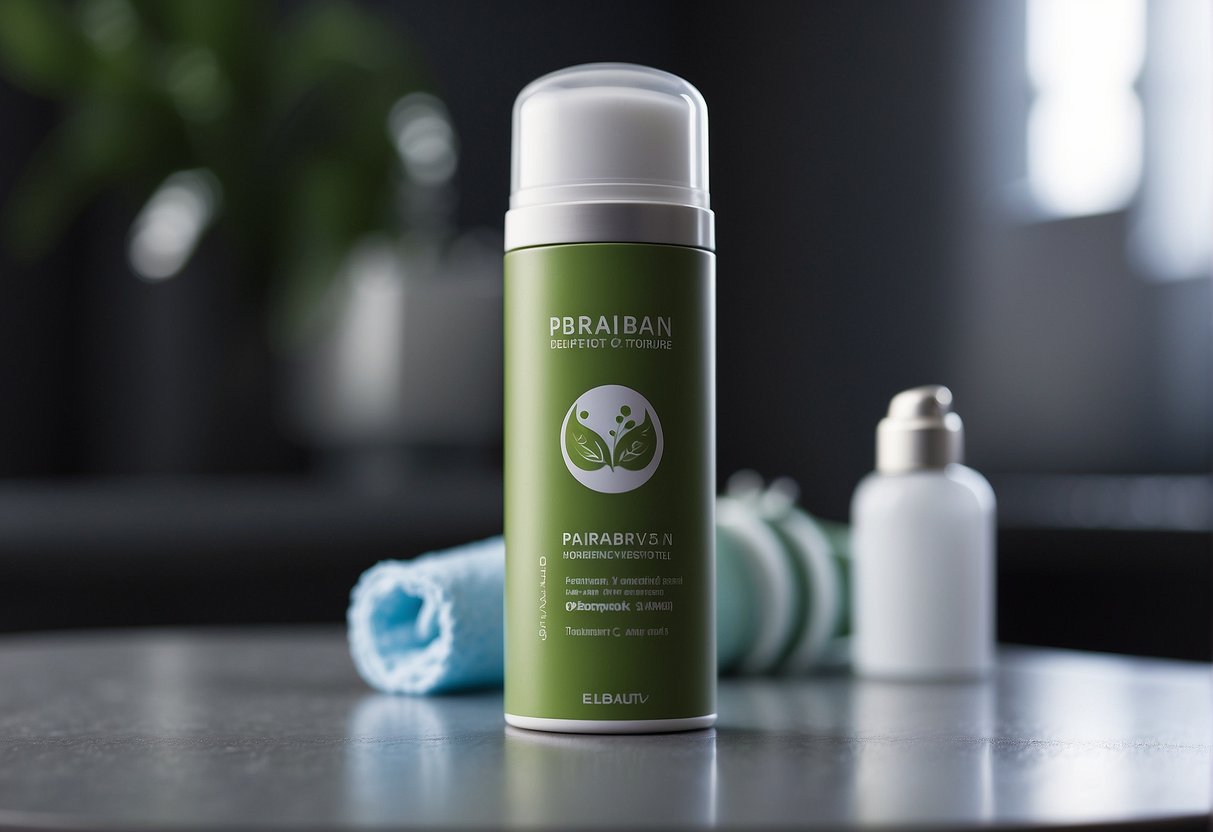
Studies suggest that these chemicals can accumulate in waterways and soil after being washed off our bodies, possibly affecting wildlife. Moreover, the widespread use of paraben-containing deodorants contributes to the continuous release of these chemicals into the environment, raising questions about the long-term ecological effects.
Key Takeaways
- Parabens in deodorants are preservatives that extend product shelf life but may impact the environment.
- These chemicals can accumulate in nature, potentially affecting wildlife and ecosystems.
- The prevalence of paraben usage raises concerns about their long-term environmental consequences.
Understanding Parabens and Their Role in Deodorants
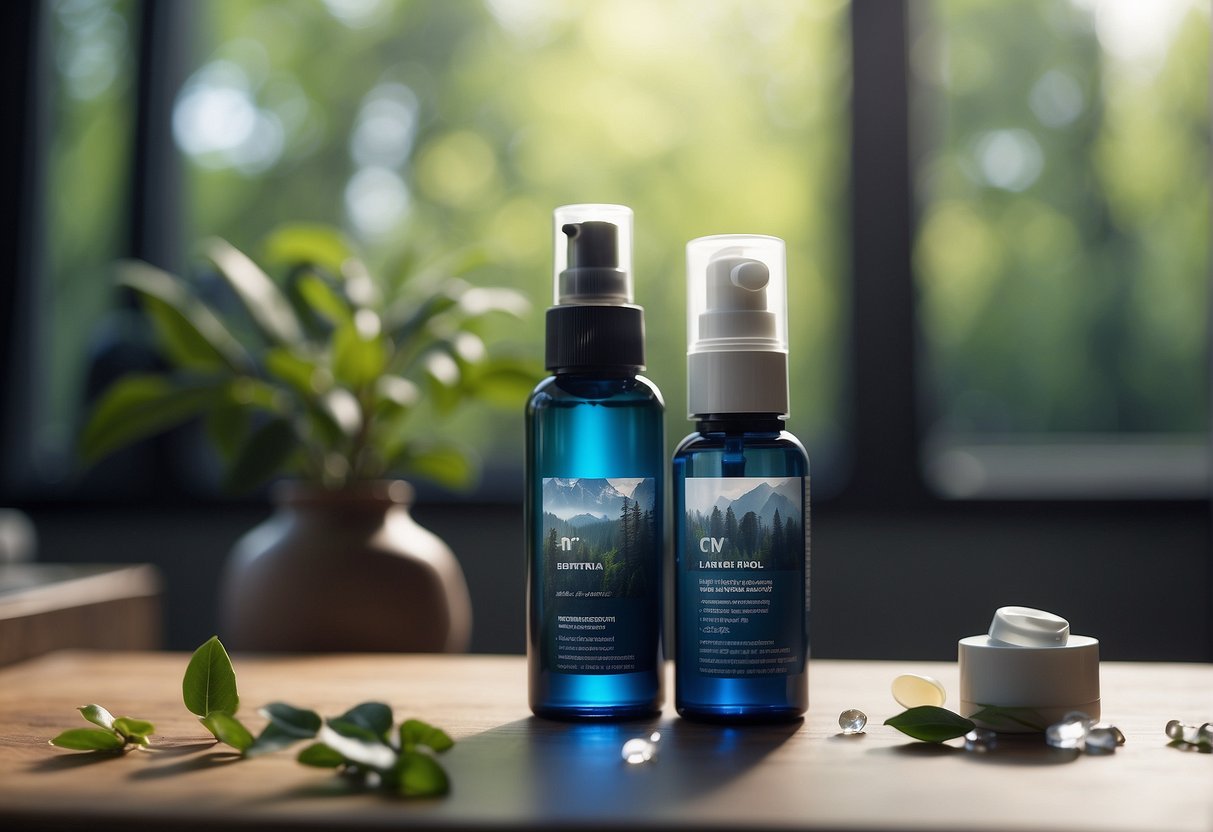
We'll explore the chemical nature of parabens and their specific types commonly found in deodorant products, delving into why they are used and the concerns they raise regarding environmental safety.
Chemical Properties of Parabens
Parabens are a group of synthetic compounds used for their preservative qualities. Their chemical structure closely resembles that of p-hydroxybenzoic acid, which is key to their ability to inhibit microbial growth. Due to their hydrophobic nature, parabens efficiently preserve products by preventing the proliferation of fungi, bacteria, and yeast, ensuring a longer shelf life.
Common Paraben Types in Deodorants
In deodorants, the most prevalent types of parabens include methylparaben, ethylparaben, propylparaben, and butylparaben. These compounds differ in their molecular size and hydrophobicity, which affects their preservative efficacy and potential to penetrate the skin barrier.
- Methylparaben: Widely used due to its low cost and effective antimicrobial properties.
- Ethylparaben: Preferred for its relatively higher efficacy against a broad spectrum of microbes at low concentrations.
- Propylparaben: Chosen for products requiring a stronger preservation, as it has stronger fungicidal and bactericidal effects.
- Butylparaben: Often included for its higher molecular weight, which can provide a more sustained preservative action.
Each of these compounds plays a role in ensuring that deodorants remain free from contamination and safe for consumers during use. However, their environmental footprint and potential effects following use and disposal are areas of growing scrutiny and research.
Environmental Impacts of Parabens
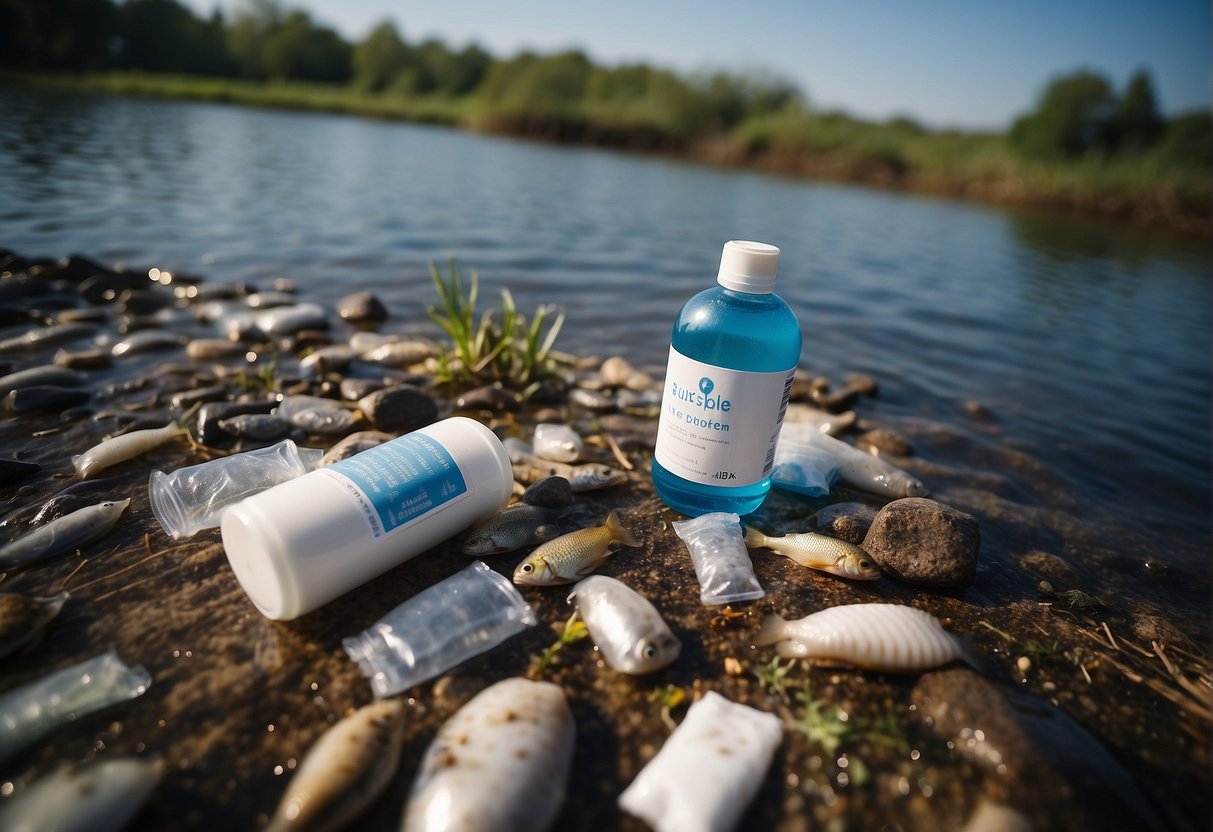
In addressing the environmental impacts of parabens, we must consider their pervasiveness and persistence. These chemicals, commonly used as preservatives in personal care products, have raised environmental concerns due to their potential to disrupt ecological balances.
Effect on Environmental Matrices
We observe that parabens, upon entering environmental matrices, have the tendency to persist and accumulate. Their presence is notable in various environmental matrices including soil and biota. In soil, parabens can affect microbial activity and diversity, which are crucial for soil health. Additionally, when parabens accumulate in living organisms, they can lead to bioaccumulation, affecting the health and function of ecosystems.
Presence in Surface Waters and Sediments
Our research indicates that surface waters and sediments are common repositories for parabens entering the environment. These chemicals can reach surface waters through different pathways, including sewage effluents and runoff from land. Once in the aquatic environment, parabens may adhere to sediments where they can persist for extended periods. The accumulation of parabens in water and sediments is concerning, considering the potential for these compounds to exhibit endocrine-disrupting effects on aquatic organisms.
Health and Safety Concerns
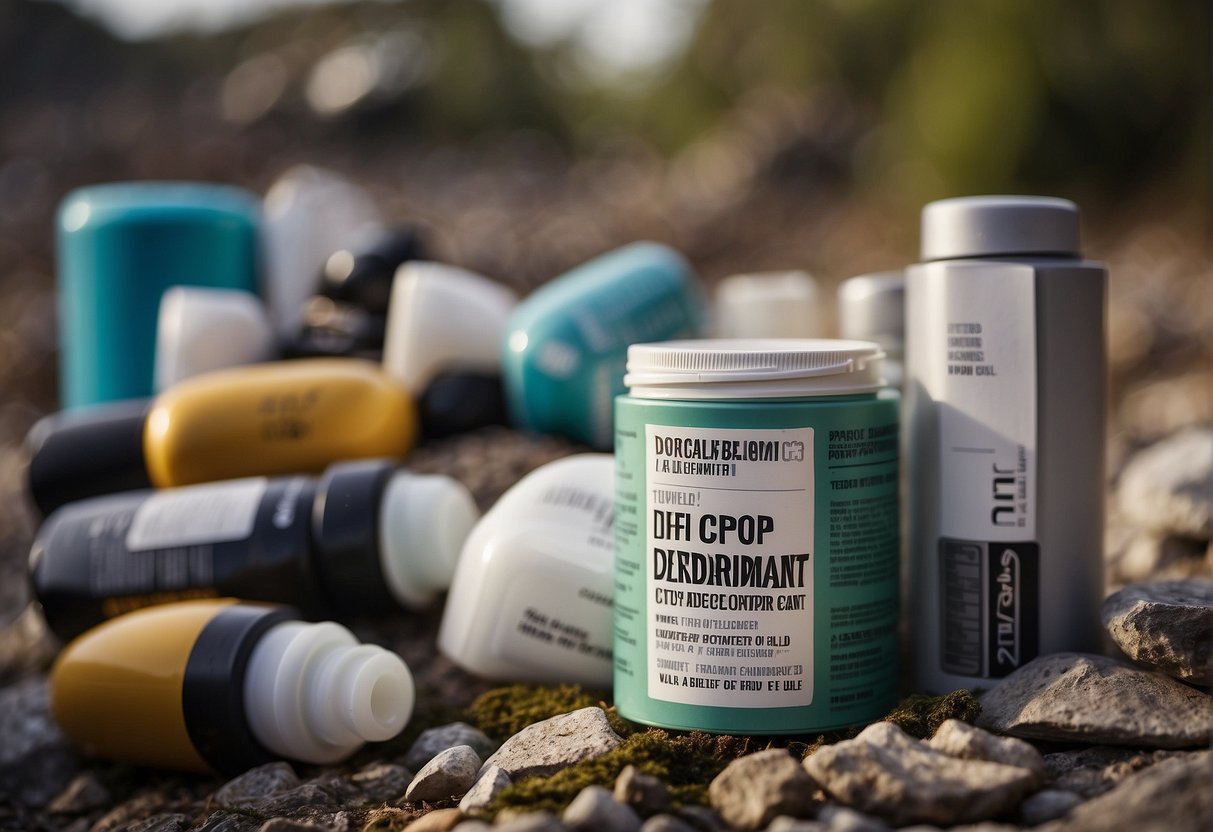
We will explore the specific health concerns related to the use of parabens in deodorants and their potential impact on human health and safety. Our focus will be on the risks associated with these chemicals and the relevant findings from research on their effects.
Potential Risks of Parabens
Parabens are commonly used as preservatives in personal care products, including deodorants, due to their ability to prevent the growth of harmful bacteria and mold, thus extending product shelf life. Health concerns associated with parabens stem from their ability to mimic estrogen, a hormone known to play a role in the development of breast cancer. Research has indicated that parabens can penetrate the skin and remain within tissue, potentially contributing to hormonal imbalances. These imbalances are linked to various reproductive issues such as impacts on fertility and birth outcomes.
Furthermore, the presence of parabens has been detected in human urine samples, suggesting that these compounds can persist in the body after topical application. The toxicity of parabens, although generally considered low, is under ongoing evaluation due to concerns over their role as endocrine disrupters.
Research on Paraben Exposure and Health Effects
Studies examining the health effects of paraben exposure have produced varied results. While some research points to the potential influence of parabens on the development of certain cancers, specifically breast cancer, conclusive evidence connecting parabens in deodorants to cancer is currently limited. Nonetheless, research continues to assess the risk posed by these chemicals.
Investigative reports have highlighted parabens' potential allergic reaction in sensitive individuals, alongside their broader health implications. Concerns over health risks are significant enough that regulatory bodies and health organizations are carefully monitoring and assessing the safety of these chemicals in our personal care products. It is our collective responsibility to remain informed and cautious about the ingredients in the products we use daily.
Regulatory and Industry Perspectives

In this section, we explore the regulatory stances and how the industry has responded in relation to parabens in deodorants, focusing on the FDA's role and global regulatory landscape, as well as industry response and shifts in consumer demand.
FDA and Global Regulation
The U.S. Food and Drug Administration (FDA) oversees the cosmetic industry, including the use of parabens as preservatives in deodorants. While the FDA does not have a formal approval process for cosmetic ingredients, it can intervene if a product is misbranded or adulterated. In the European Union (EU), the regulation is more stringent. The EU restricts the concentration of parabens in products and requires safety assessments before products enter the market. Within the Association of Southeast Asian Nations (ASEAN), cosmetic regulations are harmonized to align with international standards, balancing consumer safety and industry innovation.
Industry Response and Consumer Demand
The industry has witnessed a shift in consumer demand towards paraben-free products, leading to the development of alternative preservatives. This response is partly due to consumers associating parabens with potential health risks and environmental concerns. Emphasizing transparency, the industry often collaborates with regulatory entities like the Centers for Disease Control and Prevention (CDC) to ensure safety standards are met. Furthermore, consumer associations and environmental advocacy groups have influenced manufacturers to reconsider the formulation of deodorants, thereby reducing potential environmental impacts.
Paraben Alternatives and Consumer Choices
In the realm of personal care products, a shift towards paraben-free options is noticeable. We explore both the natural alternatives available and assess their safety and efficacy to inform consumer choices.
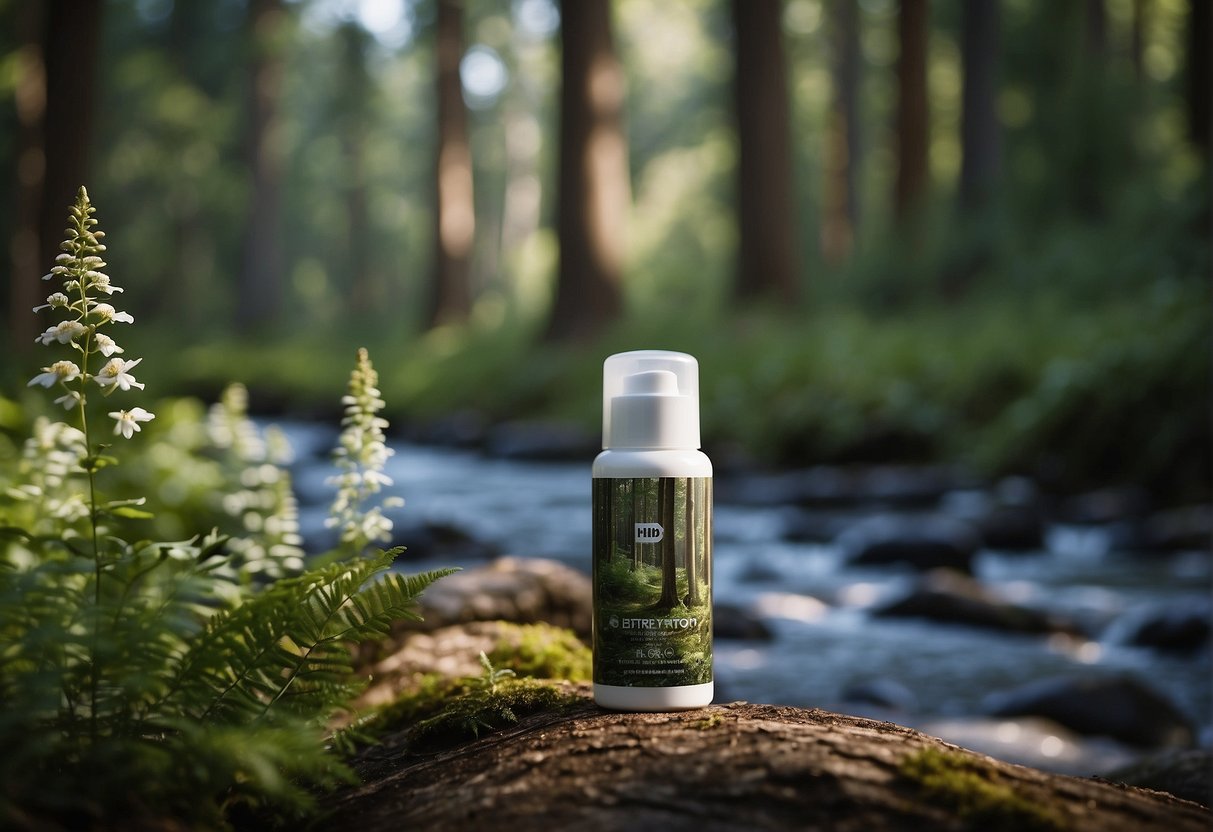
Natural and Paraben-Free Options
Natural personal care products often use ingredients like essential oils, plant extracts, and minerals in place of synthetic preservatives such as parabens. Brands marketing themselves as "paraben-free" typically forego these preservatives in products ranging from deodorants to cosmetics, instead opting for alternative systems that prevent microbial growth. Here is an illustrative list of commonly used paraben alternatives in beauty products:
- Essential Oils: Tea tree, thyme, and peppermint
- Plant Extracts: Grapefruit seed, rosemary, and green tea
- Minerals: Zinc oxide and titanium dioxide
- Others: Vitamins E and C as antioxidants
Evaluating Safety and Efficacy of Alternatives
When considering the safety of paraben alternatives, we focus on their chemical profiles and regulatory status. It's essential to validate that these substitutes do not compromise the product's efficacy — its ability to perform as intended. Scientific studies assess these factors thoroughly, ensuring that paraben-free options protect both the user and the product without unwanted side effects or reduced shelf life. Our appraisal of alternatives accounts for potential health and environmental impacts, aligning with the increasing consumer demand for safer, greener personal care choices.
Conclusion
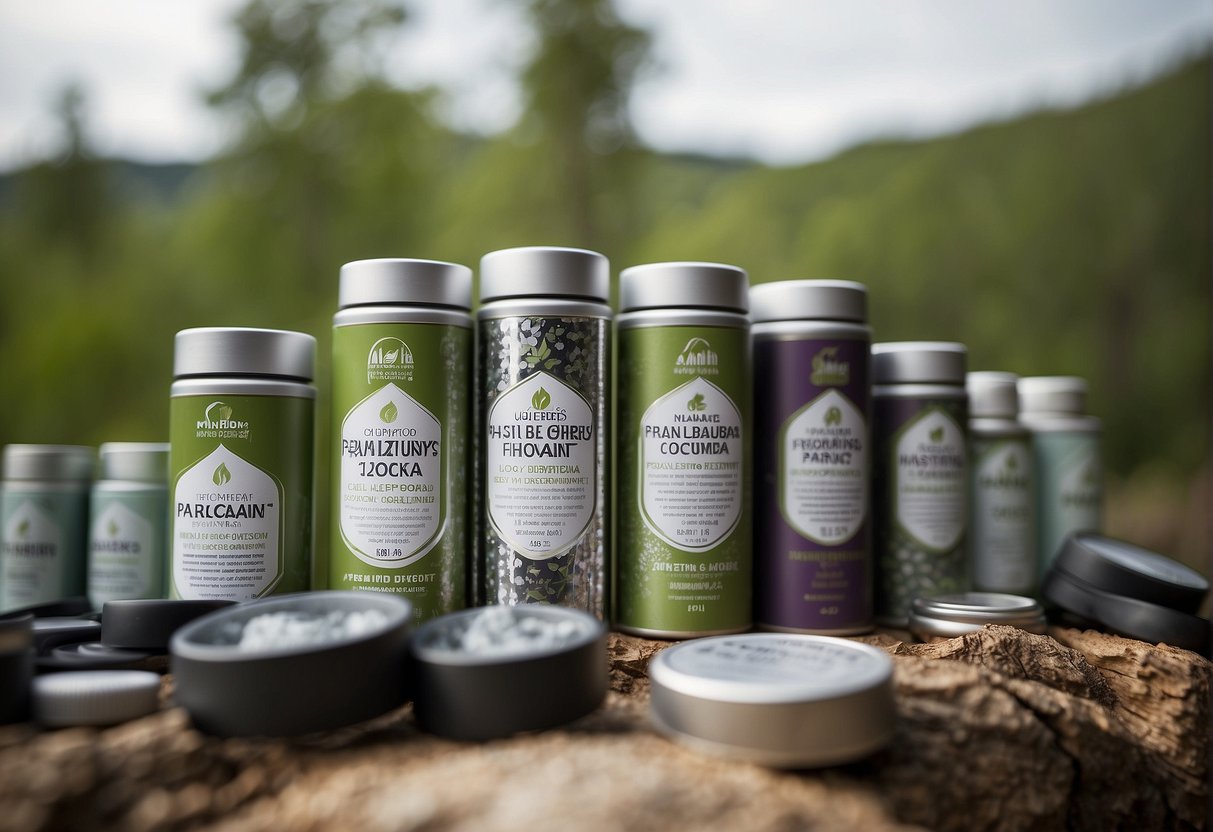
In assessing the environmental impact of paraben-containing deodorants, we must consider the evidence at hand. Our analysis suggests that parabens, widely used as preservatives in many personal care products, can enter the environment through various pathways, including water systems after personal use. These compounds have been detected in environmental samples, and while they have weak estrogenic activity, the implications of this presence are not fully understood.
Research indicates a potential link between environmental parabens and health concerns, though the exact consequences require further study. In the context of personal care products, it is our responsibility to weigh the potential risks against the benefits. Alternatives to paraben-containing deodorants are available, which may reduce our ecological footprint.
As consumers, being informed about the substances in the products we use is crucial. When considering the environmental perspective, opting for products with a lower environmental impact might be beneficial. As our understanding of these substances grows, we can make better choices for both our health and the health of our planet.
Frequently Asked Questions
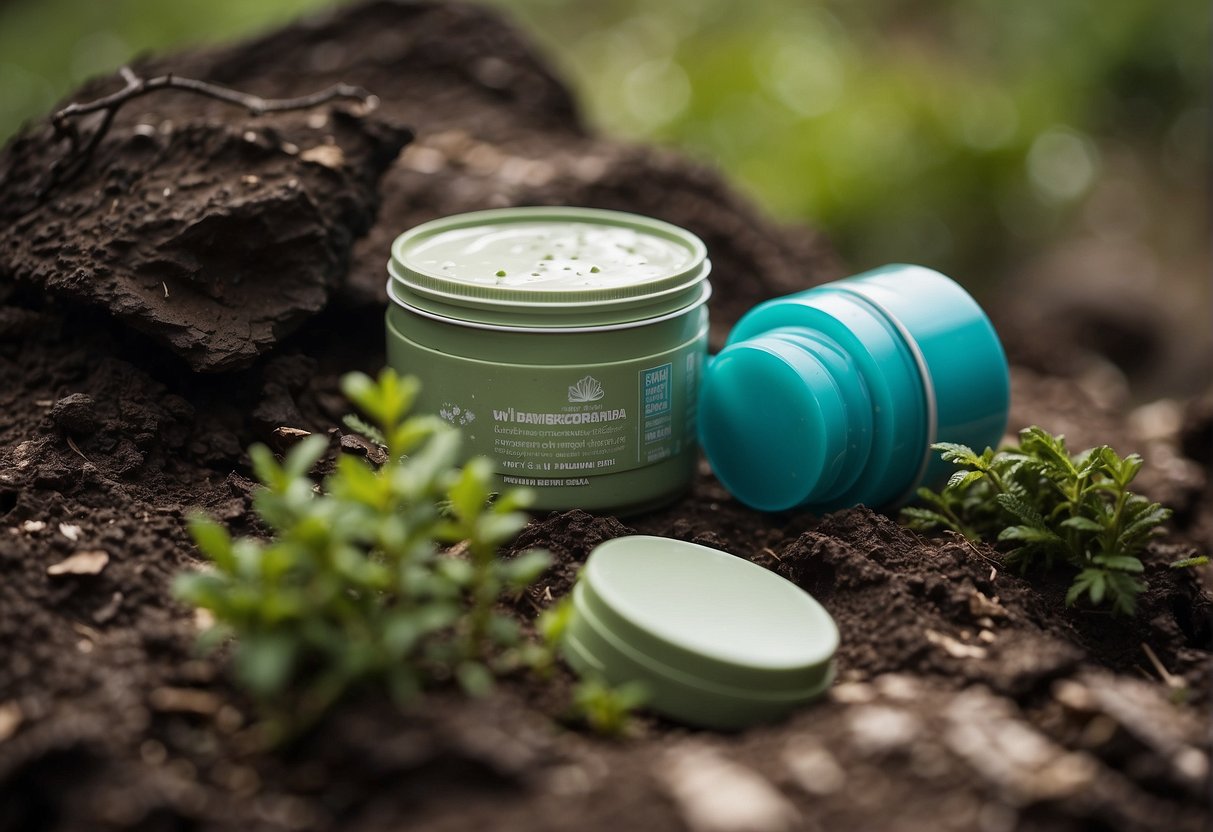
In this section, we discuss the environmental implications of paraben use in deodorants and examine the alternatives.
What are the potential environmental impacts of parabens in deodorants?
Parabens in deodorants can enter the environment post-consumer use through sewage systems. They may not fully break down during wastewater treatment, leading to their release into natural water systems.
How do parabens in personal care products affect aquatic ecosystems?
Our aquatic ecosystems face disturbance from parabens because these chemicals can act as endocrine disruptors, affecting the reproductive systems of aquatic wildlife. The persistence of parabens in waterways can lead to a buildup in the tissues of organisms.
What are some commonly used alternatives to parabens in deodorants?
We see alternatives like ethylhexylglycerin or phenoxyethanol being used in place of parabens. These substances are often considered to be gentler on the skin and more biodegradable than parabens.
Can parabens from deodorants accumulate in the environment? If so, how?
Yes, parabens can accumulate in the environment. They can persist in soil and water, potentially entering the food chain when organisms consume contaminated water or plants.
How do paraben-free deodorants compare in terms of environmental safety?
Paraben-free deodorants often contain ingredients that are more readily biodegradable, reducing the risk of accumulation and harm to wildlife. However, the overall environmental impact can vary depending on other factors such as sourcing and manufacturing processes.
What are the best practices for choosing environmentally friendly deodorant products?
We encourage consumers to look for deodorants that are not only paraben-free but also made with sustainably sourced ingredients, minimal packaging, and that have a clear environmental policy from the manufacturer. It helps to verify these claims through certifications and eco-labels.